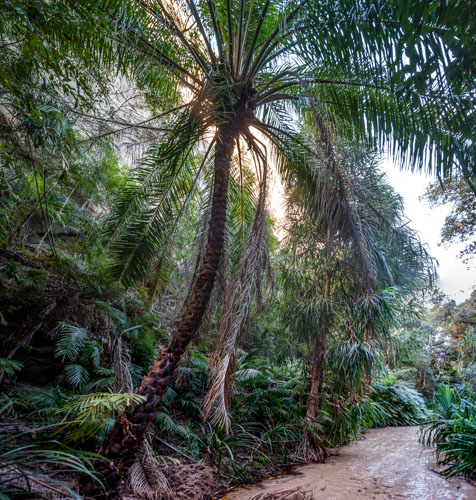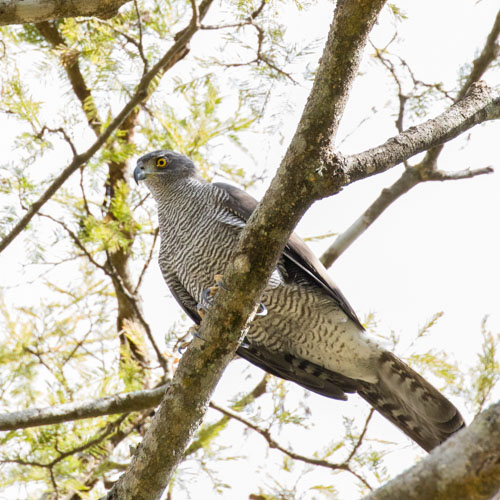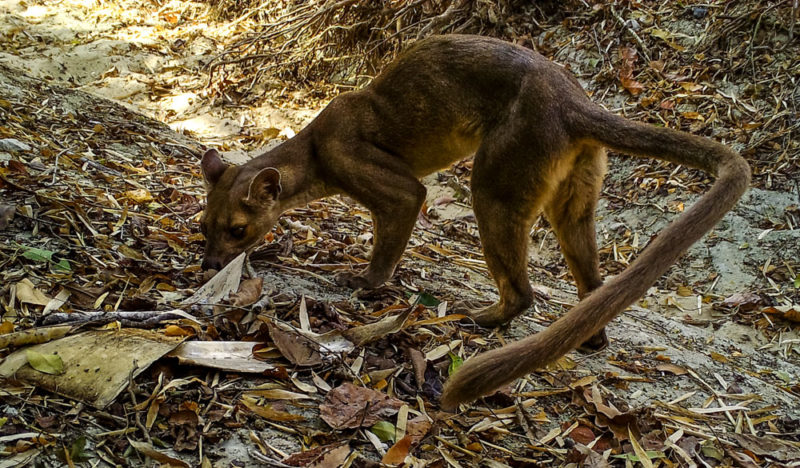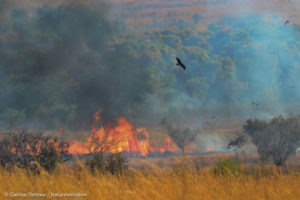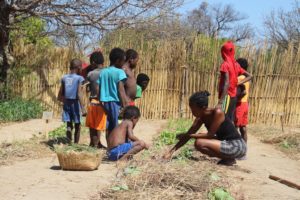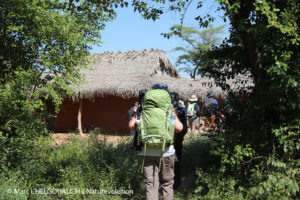The Makay is not only a gigantic refuge for Madagascar’s flora and fauna, at a time when these are in retreat everywhere, but it is also home to species found nowhere else.
Fauna and flora unique in the world
Madagascar’s particular natural history is characterised by its rate of endemism, i.e. the number of species that exist nowhere else in the world.
Macro-endemism first of all, with a rate of endemism of Malagasy biodiversity reaching 90% and more, not only among mammals, birds, reptiles, amphibians and flowering plants, but also among invertebrates with, as a striking example, a 97% rate of endemism among continental molluscs.
90% of all known species in Madagascar are found only in Madagascar.
Then there is micro-endemism, since the species in these different groups have restricted ranges in different ecosystems specific to Madagascar, and are therefore not represented throughout the country. This micro-endemism is particularly remarkable for lemurs, with ~112 species and subspecies that are mainly micro-endemic.
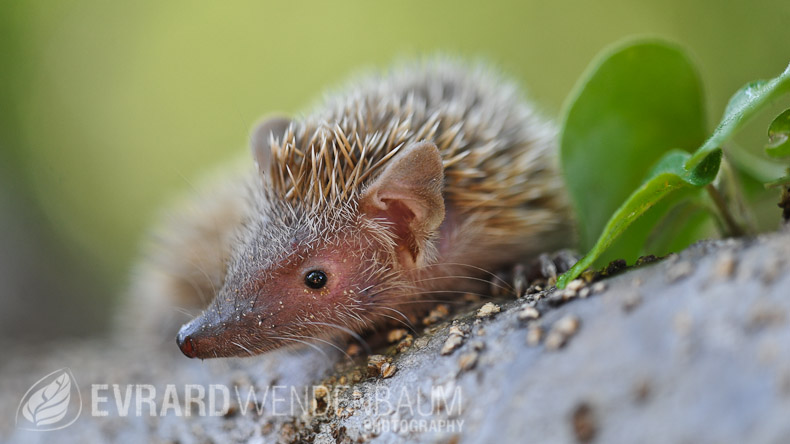
Biodiversity that is still not fully known
Of Madagascar’s 112 lemur species, around thirty have been described in the last decade and a dozen more are awaiting description. And since the early 90s, more than a hundred amphibian species have been discovered and described, out of the 350 currently known in Madagascar, representing a discovery rate three times higher than that recorded worldwide. A recent study showed that the species richness of Malagasy amphibians could be as high as 465 species, almost double what is currently known.
This rate of increase in knowledge indicates that the current inventory of Madagascar’s biodiversity reflects only a fraction of reality.
If we consider that vertebrates account for just 2.7% of the biodiversity of the planet’s fauna, it is reasonable to think that there is a significant reservoir of discoveries among invertebrate Discoveries are expected to be made mainly among insects, arachnids, molluscs and nematodes, and in ecosystems that have been little studied because they are difficult to access for a variety of reasons: economic, political, difficult or dangerous environments, and so on.
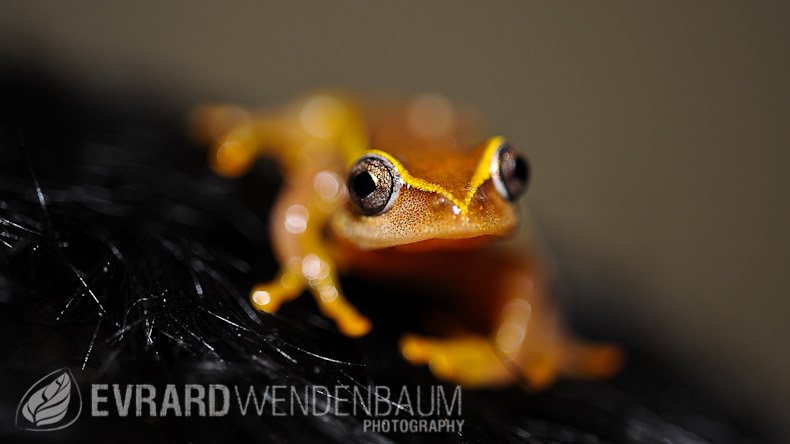
What species are found in the Makay?
There are six different types of natural environment in the Makay massif (dry forests, wet forests, swamp forests and open areas), some of which are geographically very close to one another.
The most emblematic of the Makay’s lemurs is clearly the Verreaux’s Sifaka which, although recently classified as critically endangered by the IUCN, is frequently seen in the massif. The Makay is also home to Red-fronted Lemurs and very discreet bamboo lemurs (Hapalemurs), which we’ve only seen 3 times in 10 years! There are also 7 species of small nocturnal lemurs.
Listen to the scream of the hapalemurs
Recording of a hapalemur made in 2010 in the Makay massif:
The Makay is home to 11 species of lemur, representing ~10% of Madagascar’s lemur species, the most threatened group of mammals in the world.
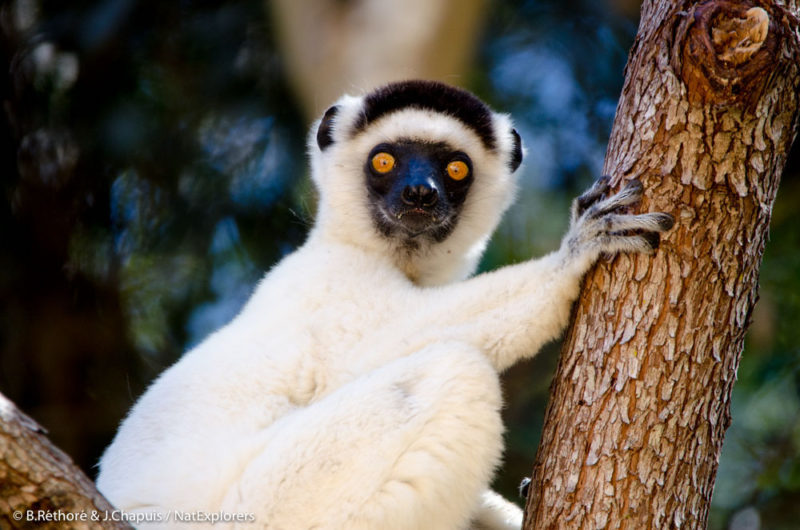
The Makay and surrounding area is home to 112 of Madagascar’s 297 bird species, most of which are endemic to the island, representing almost 40% of the island’s species. This situation is even more marked for birds of prey, with robust populations of 11 of the island’s 14 diurnal species, making the Makay one of Madagascar’s most important natural environments for avian fauna.
Find out more about the birds of Makay
Listen to an interview with ornithologists from the Makay 2017 expedition
The Fossa, a feliform carnivore at the top of the local food chain, is also present in the Makay. Although widely present throughout the country, its population density is very low, and it is estimated that only 2,500 individuals remain in the wild in all of Madagascar’s protected areas, making the protection of the Makay a great opportunity for this unique predator of lemurs.
Finally, the Makay is home to the last large wild population of the Ravenea Lakatra palm, which is in critical danger of extinction.
(right) Henst’s Goshawk, a rare and difficult to observe bird of prey © Vincent Rome
(bottom) First photo of the fossa taken in the Makay in 2017 © Naturevolution


